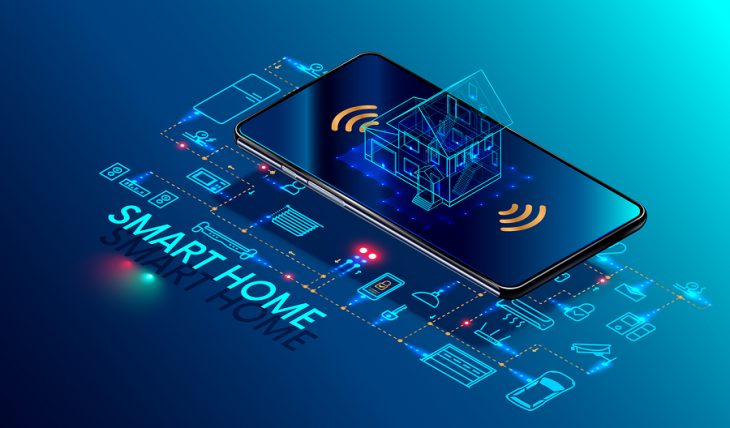
Videotron, SaskTel ranked tops again
TORONTO – Canadians with smart home devices are willing to pay more for their internet but are quick to switch internet providers, according to new data from J.D. Power.
The 2018 Canada Internet Service Provider Customer Satisfaction Study measures overall satisfaction with internet service providers and is based on five factors (in order of importance): performance and reliability; cost of service; communication; billing; and customer service. The 2018 Canada Television Provider Customer Satisfaction Study is based on six factors (in order of importance): performance and reliability; cost of service; programming; communication; billing; and customer service. Both studies were released Thursday.
According to the report, customer satisfaction with their ISP increases with the number of connected devices being used at home, with overall satisfaction is higher among customers with two or more connected devices (742 on a 1,000-point scale) than among those with only one connected device (721) or none (713).
Study findings also show that nearly two-thirds (63%) of customers with smart home products indicate having a willingness to pay more for internet service, compared with only 50% of those with no smart home devices. However, customers with connected devices are the least loyal to their internet providers and will easily switch for reasons such as better features (24%); more reliable service (22%); or just to try something different (21%).
“Technology advancements continue to influence the way consumers use the internet,” said Adrian Chung, director of the technology, media & telecom practice at J.D. Power in Canada, in the report’s news release. “They’ve become enablers in peoples’ lives and, as such, customer expectations of service providers are evolving. Reliability and faster speeds are increasingly more important factors in customer expectations and satisfaction, especially among younger and more tech-dependent users. The ability of ISPs to unlock the potential of their premium service offerings will be critical to success as adoption rates of connected and smart homes devices increase.”
In the East region, Videotron ranks highest in both TV (788) and internet service provider satisfaction (787) for a sixth consecutive year. Shaw (750) ranks second in TV satisfaction and Cogeco ranks third (743) in TV satisfaction and second in internet service (737).
In the West region, SaskTel ranks highest in both television (764) and internet service satisfaction (730) for a sixth consecutive year. In TV satisfaction, Telus (736) ranks second and Shaw (723) ranks third. In internet service provider satisfaction, Shaw (713) ranks second and Telus (710) ranks third.
Other key findings of the 2018 TV and ISP studies include:
– Younger generations make homes smarter: Nearly 1 in 5 Gen Z (born 1995-2004) and Gen Y (born 1977-1994) customers have a smart home device connected to their home internet (21% and 18%, respectively), compared with only 5% of Pre-Boomers (born before 1946) and 8% of Boomers (born 1946-1964). Younger customers also are more likely to own multiple devices. Smart Security and Smart Appliances are the most common smart home applications.
– Gaming consoles not just for games: Nearly every internet customer surveyed (96%) has some type of gaming device that is connected to the internet and 22% own a dedicated internet-connected gaming console (e.g., PlayStation, Xbox and Wii). Owners of dedicated internet-connected gaming consoles are more likely to cut ties with wireline TV service providers, with 32% watching streaming content on their device. Additionally, 15% of console owners plan to drop their TV service in the next 12 months, citing streaming service as their most likely product to switch to.
– Loss of television service leads to lower satisfaction: Customers who experience a loss of television signal or service are significantly less satisfied than those who do not experience such an issue (739 vs. 831, respectively). Nearly half (48%) of customers have experienced this issue in the past three months.
– PVR owners more likely to binge-watch: Nearly half (48%) of TV service subscribers who own a PVR say they have binge-watched programming from their provider, compared with only 36% of those without a PVR.
The studies are based on responses from 7,286 internet customers and 7,342 TV customers in Canada. Both studies were fielded in March-April 2018.



